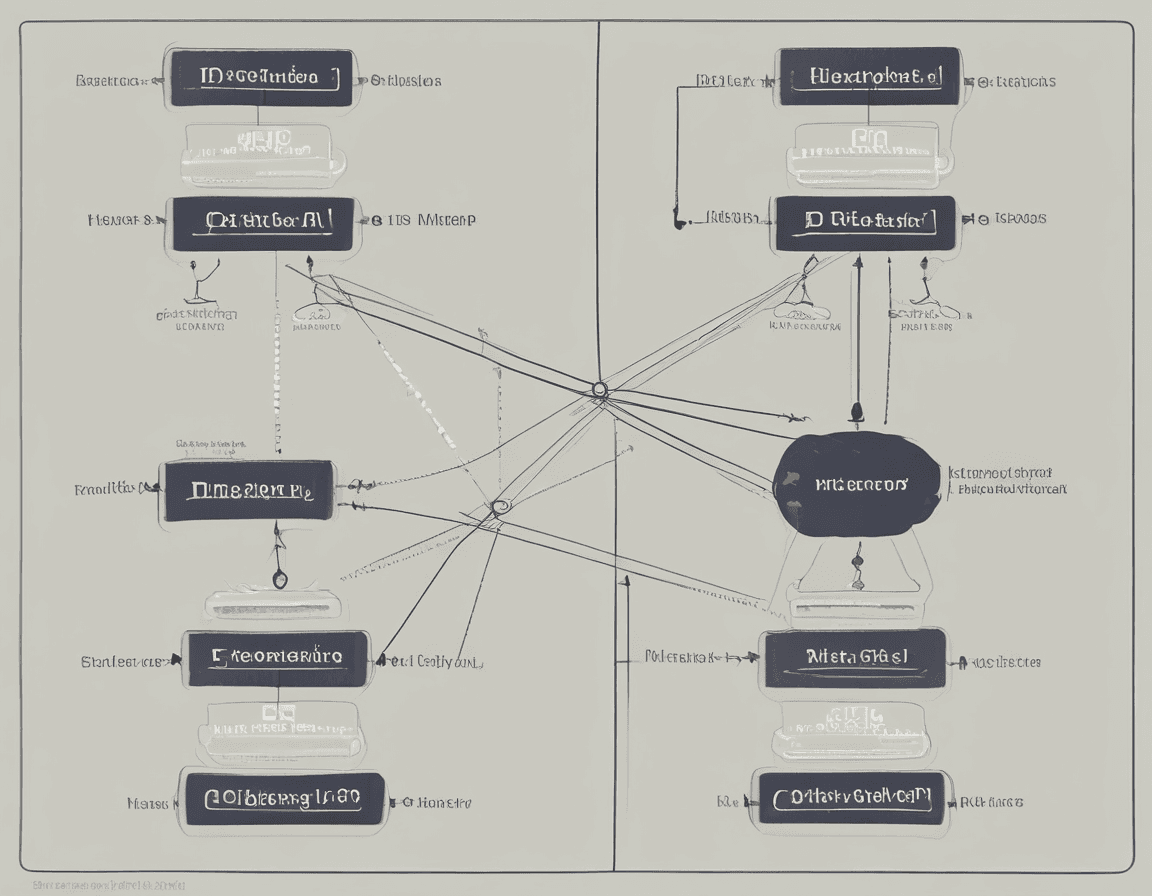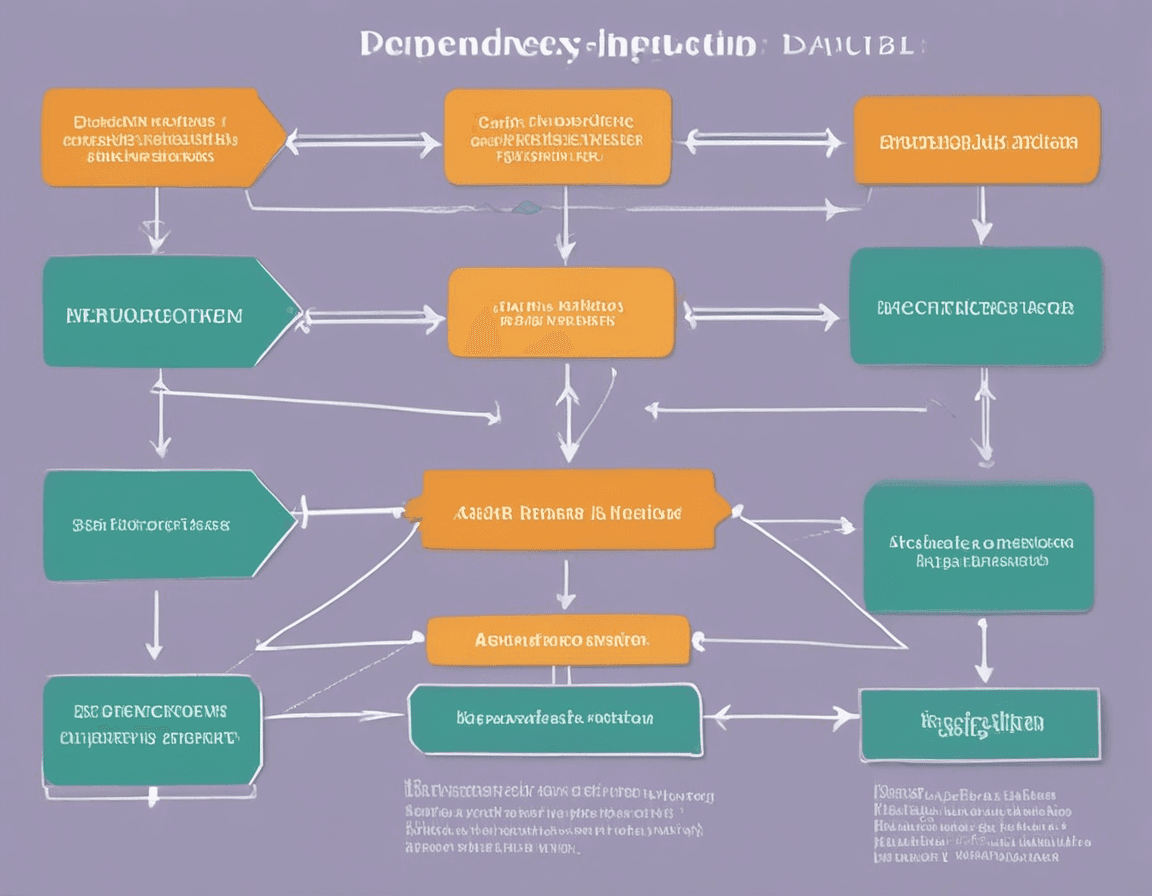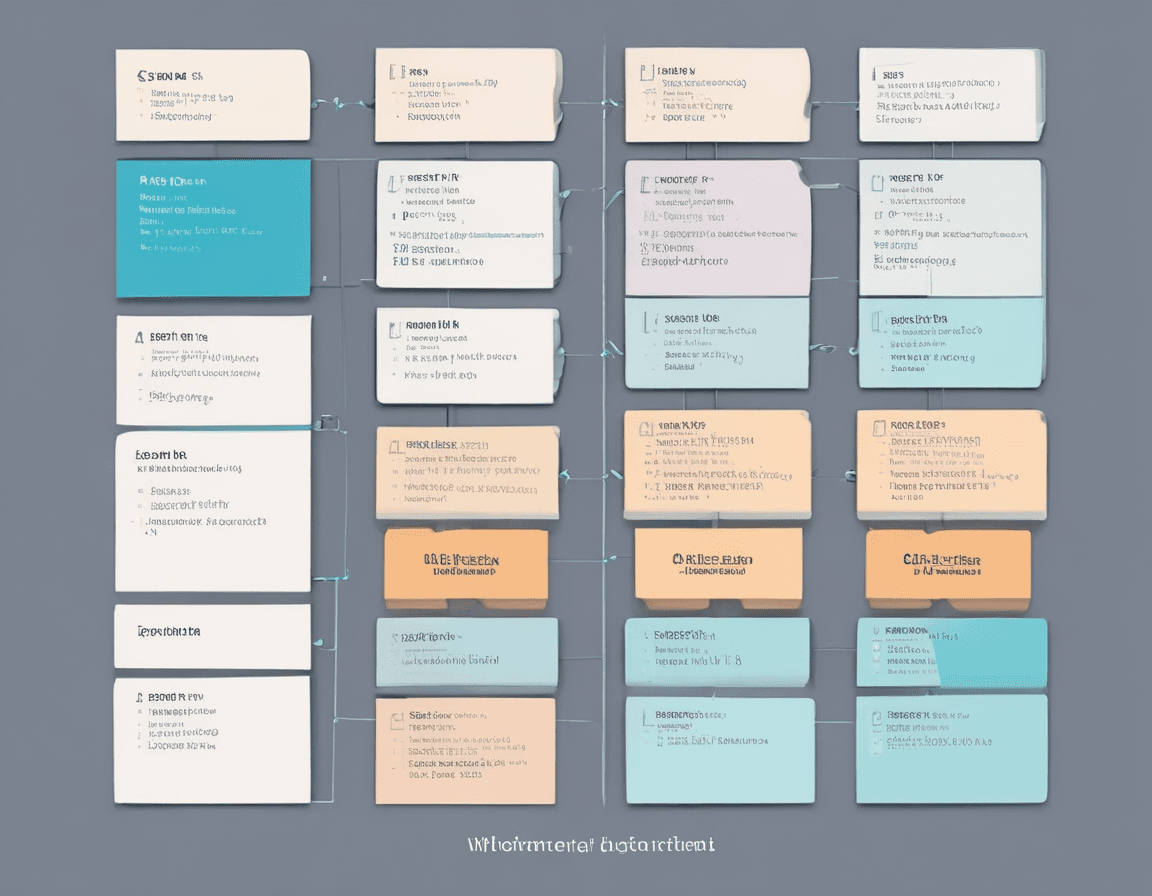How to Distinguish and Configure Development and Production Environments (NestJS + MySQL + TypeScript)
- 479Words
- 2Minutes
- 06 Jul, 2024
In the previous article https://en.blog.jasonzk.com/nestjs/nesttsmysql/, we detailed how to set up a development environment for NestJS + MySQL + TypeScript. This article builds on that by detailing how to distinguish between development and production environments, load different configurations, and use PM2 to deploy a NestJS project in a production environment.
Using Environment Variables to Distinguish Environments
First, we need to create two environment variable files in the project’s root directory: .env.development and .env.production, for the development and production environments, respectively, and install dotenv.
.env.development
1NODE_ENV=development2DB_HOST=localhost3DB_PORT=33064DB_USERNAME=root5DB_PASSWORD=password6DB_DATABASE=test.env.production
1NODE_ENV=production2DB_HOST=your-production-host3DB_PORT=33064DB_USERNAME=your-production-username5DB_PASSWORD=your-production-password6DB_DATABASE=your-production-databaseInstall dotenv
1npm install dotenvCreate a config directory in the src directory and a configuration.ts file within it to load the environment variables:
1import * as dotenv from "dotenv";2
3const env = process.env.NODE_ENV || "development";4
5dotenv.config({ path: `.env.${env}` });6
7export default () => ({8 environment: env,9 database: {10 host: process.env.DB_HOST,11 port: parseInt(process.env.DB_PORT, 10) || 3306,12 username: process.env.DB_USERNAME,13 password: process.env.DB_PASSWORD,14 database: process.env.DB_DATABASE,15 },16});Configuring Different Database Connections
Next, in src/app.module.ts, use ConfigModule and TypeOrmModule to load the database configuration:
1import { Module } from "@nestjs/common";2import { ConfigModule, ConfigService } from "@nestjs/config";3import { TypeOrmModule } from "@nestjs/typeorm";4import configuration from "./config/configuration";5import { UsersModule } from "./users/users.module";6import { User } from "./users/user.entity";7import { AppController } from "./app.controller";8import { AppService } from "./app.service";9
10@Module({11 imports: [12 ConfigModule.forRoot({13 isGlobal: true,14 load: [configuration],15 }),16 TypeOrmModule.forRootAsync({17 imports: [ConfigModule],18 useFactory: (configService: ConfigService) => ({19 type: "mysql",20 host: configService.get("database.host"),21 port: configService.get("database.port"),22 username: configService.get("database.username"),23 password: configService.get("database.password"),24 database: configService.get("database.database"),25 entities: [User],26 synchronize: true,27 }),28 inject: [ConfigService],29 }),30 UsersModule,31 ],32 controllers: [AppController],33 providers: [AppService],34})35export class AppModule {}Loading Different Configuration Files
To ensure the configuration files load correctly, set the isGlobal and load options in the forRoot method of ConfigModule. The forRootAsync method of TypeOrmModule is used to asynchronously load the configuration and get the database connection information using ConfigService.
Starting the Project in Development Environment
In the development environment, start the project using the Nest CLI’s start command:
1npm run startDeploying the Project in Production Environment
For the production environment, we recommend using PM2 to manage and run the NestJS project.
Install PM2
First, install PM2 globally:
1npm install -g pm2Configure PM2
Create an ecosystem.config.js file in the project’s root directory to configure PM2:
1module.exports = {2 apps: [3 {4 name: "my-nestjs-project",5 script: "dist/main.js",6 env: {7 NODE_ENV: "development",8 },9 env_production: {10 NODE_ENV: "production",11 },12 },13 ],14};Build the Project
Before starting the project, build it:
1npm run buildStart the Project Using PM2
Start the project using the following command:
1pm2 start ecosystem.config.js --env productionThis command starts the NestJS project in production mode according to the configuration in ecosystem.config.js.
Conclusion
This article provides a detailed guide on distinguishing between development and production environments and their configurations, including using environment variables, configuring different database connections, loading different configuration files, and using PM2 to deploy a NestJS project in a production environment. By properly distinguishing and configuring different environments, you can better manage and maintain your project, improving development and deployment efficiency.


